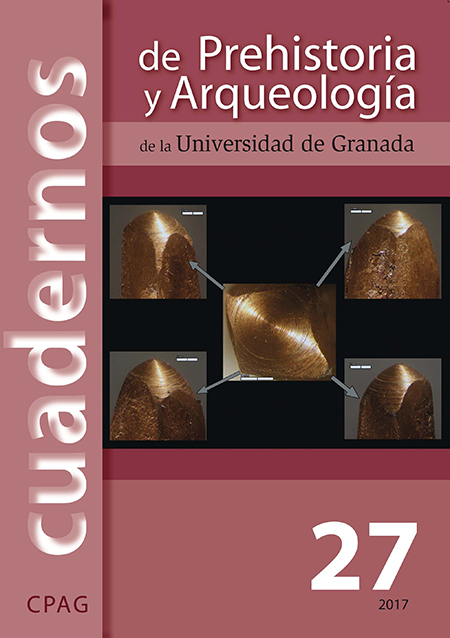REVISITING THE ROLE OF THE FORM AND FUNCTION OF ANCIENT TOOLS (BASED ON MATERIALS FROM THE SITE ARUCHLO I, GEORGIA)
Main Article Content
Abstract
Traceological analysis was conducted on stone material of ancient settlement Aruchlo I located on eastern Georgia in the Kvemo Kartli region. These researches showed that typological-morphological characteristics of various categories of tools do not always correspond with their function. For example, the form and function of scrap- ers completely coincided only for 18 pieces from the whole assemblage of 39 tools. By contrast, the others had different functions or were composite tools. The group of scrapers included not only tools used for skin treatment, but also tools with other functions: Microanalysis allows us to identify a specific treated material, the manner of its treatment, and sometimes also a type of a resulting artefact. Neglect of such evidences leads to an incomplete material analysis, which, unfortunately, can be viewed in the researches of new materials from recent excavations of the site Aruchlo.



